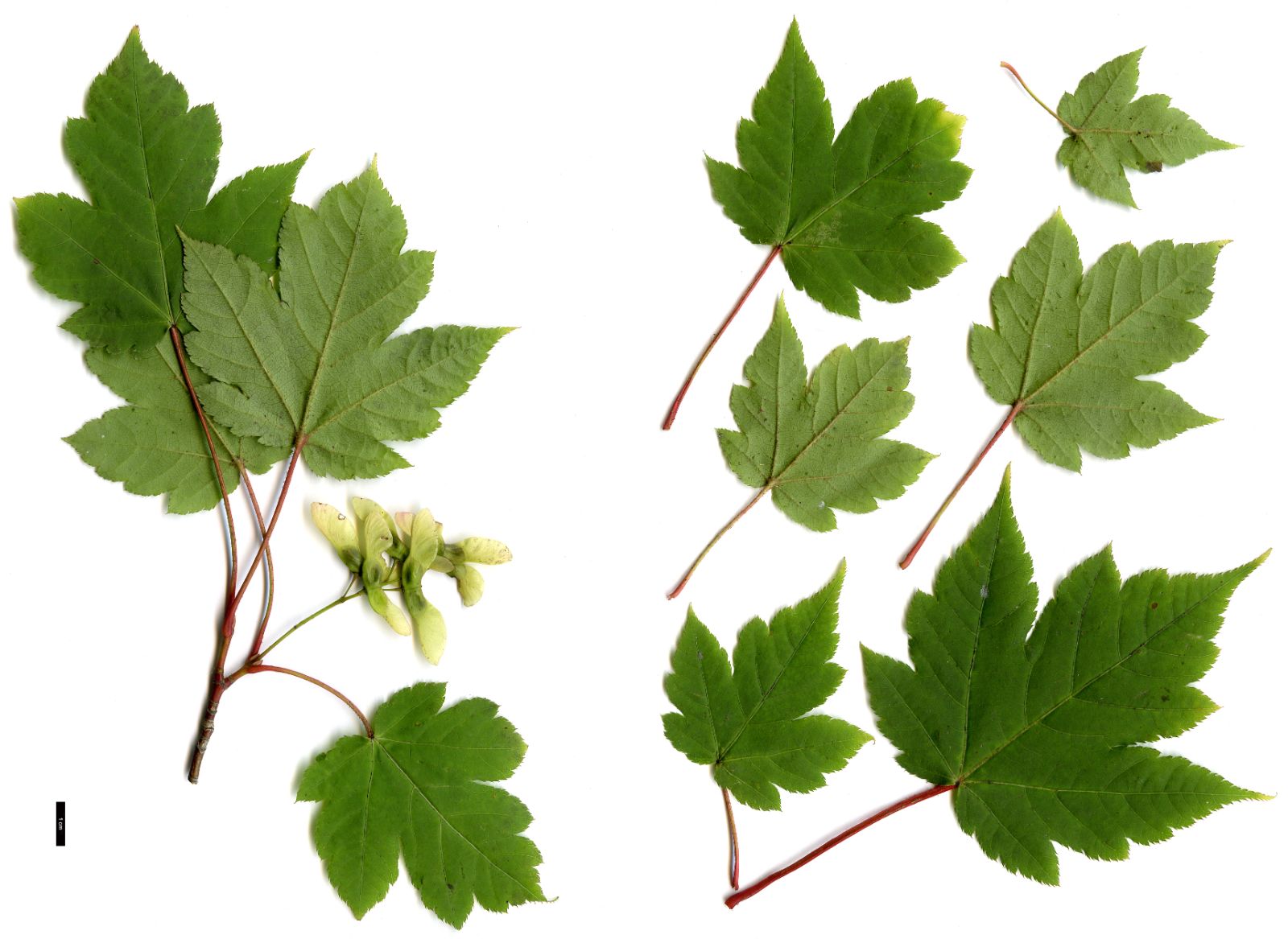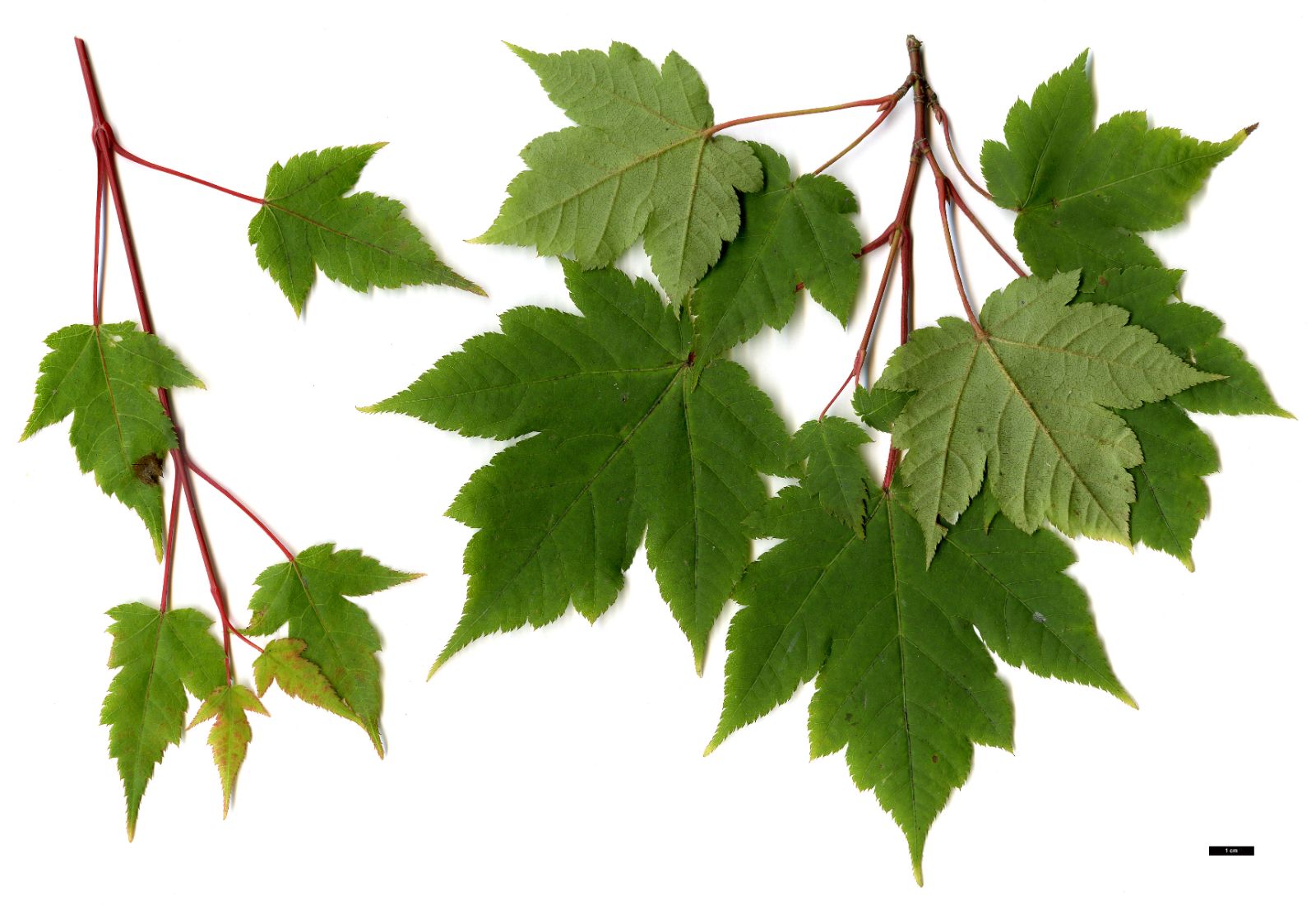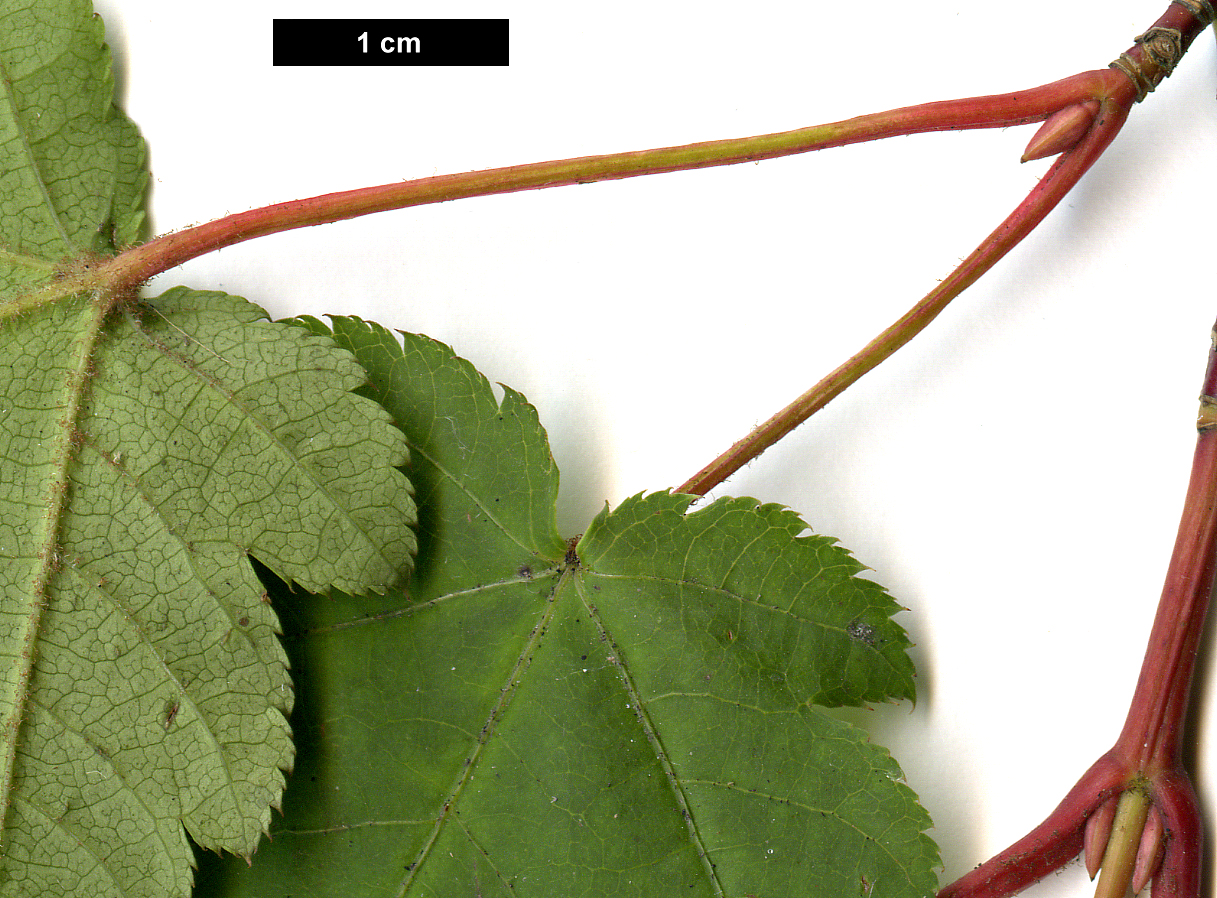Acer komarovii
Sponsor
Kindly sponsored by
Lawrence Banks
Credits
Dan Crowley (2020)
Recommended citation
Crowley, D. (2020), 'Acer komarovii' from the website Trees and Shrubs Online (treesandshrubsonline.
Genus
- Acer
- Sect. Macrantha
Synonyms
- Acer tschonoskii subsp. koreanum A. E. Murray
- Acer tschonoskii var. rubripes Komarov
Other taxa in genus
- Acer acuminatum
- Acer amplum
- Acer argutum
- Acer barbinerve
- Acer buergerianum
- Acer caesium
- Acer calcaratum
- Acer campbellii
- Acer campestre
- Acer 'Candy Stripe'
- Acer capillipes
- Acer cappadocicum
- Acer carpinifolium
- Acer 'Cascade'
- Acer caudatum
- Acer ceriferum
- Acer chapaense
- Acer chienii
- Acer circinatum
- Acer cissifolium
- Acer × conspicuum
- Acer cordatum
- Acer coriaceifolium
- Acer × coriaceum
- Acer crataegifolium
- Acer davidii
- Acer diabolicum
- Acer distylum
- Acer divergens
- Acer duplicatoserratum
- Acer elegantulum
- Acer erianthum
- Acer 'Esk Flamingo'
- Acer fargesii
- Acer fenzelianum
- Acer flabellatum
- Acer forrestii
- Acer franchetii
- Acer × freemanii
- Acer fulvescens
- Acer 'Gimborn'
- Acer ginnala
- Acer glabrum
- Acer 'Gold Coin'
- Acer granatense
- Acer grandidentatum
- Acer griseum
- Acer heldreichii
- Acer henryi
- Acer × hillieri
- Acer hookeri
- Acer hyrcanum
- Acer japonicum
- Acer kawakamii
- Acer laevigatum
- Acer laurinum
- Acer laxiflorum
- Acer lobelii
- Acer longipes
- Acer macrophyllum
- Acer mandshuricum
- Acer maximowiczianum
- Acer maximowiczii
- Acer metcalfii
- Acer miaotaiense
- Acer micranthum
- Acer 'Mindavi'
- Acer 'Minorient'
- Acer miyabei
- Acer miyabei × campestre
- Acer monspessulanum
- Acer morifolium
- Acer 'Mozart'
- Acer oblongum
- Acer obtusifolium
- Acer okamotoanum
- Acer oliverianum
- Acer opalus
- Acer orientale
- Acer palmatum
- Acer papilio
- Acer pauciflorum
- Acer pectinatum
- Acer pensylvanicum
- Acer pentaphyllum
- Acer pentapotamicum
- Acer pictum
- Acer pilosum
- Acer pinnatinervium
- Acer platanoides
- Acer platanoides × amplum
- Acer platanoides × truncatum
- Acer × pseudoheldreichii
- Acer pseudoplatanus
- Acer pseudosieboldianum
- Acer pubinerve
- Acer pycnanthum
- Acer rubescens
- Acer rubrum
- Acer rufinerve
- Acer saccharinum
- Acer saccharum
- Acer sempervirens
- Acer 'Serpentine'
- Acer serrulatum
- Acer shenkanense
- Acer sieboldianum
- Acer sikkimense
- Acer 'Silver Cardinal'
- Acer 'Silver Ghost'
- Acer sinense
- Acer sinopurpurascens
- Acer spicatum
- Acer stachyophyllum
- Acer taronense
- Acer tataricum
- Acer tegmentosum
- Acer tenellum
- Acer tetramerum
- Acer tibetense
- Acer tonkinense
- Acer triflorum
- Acer truncatum
- Acer tschonoskii
- Acer turkestanicum
- Acer tutcheri
- Acer ukurunduense
- Acer velutinum
- Acer wardii
- Acer 'White Tigress'
- Acer wilsonii
- Acer × zoeschense
A deciduous shrub or tree to 5 m. Bark smooth, green at first, soon turning brown. Twigs rather slender, glabrous. Buds small, with 2 pairs of valvate scales, purple. Leaves triangular ovate, 6–10 × 6–8 cm, base cordate or subcordate, palmately (3–)5-lobed, upper surface pale green, lower surface pale green with rusty pubescence in vein axils, margins doubly serrulate and lobulate with obtuse teeth, central lobe ovate with an acuminate apex, lateral lobes triangular-ovate, basal lobes ovate with an obtuse apex; petiole 5–7 cm long, glabrous or pubescent, red to purple and slightly grooved; autumn colours yellow to red. Inflorescence terminal, racemose, pendulous, 5–7(–10) flowered, 4–6 cm long. Flowers yellowish-green, 5-merous, usually dioecious; pedicels 0.7–1 cm, sepals ovate-oblong 0.3–0.4 cm long, petals ovate- to obovate-oblong, slightly longer than sepals, stamens eight, inserted outside the nectar disc. Samaras 1–1.2 cm long, wings spreading obtusely; nutlets nearly flattened. Flowering from May to June, fruiting from August to September. (Pojarkova 1974; Xu et al. 2008; de Jong 2019).
Distribution China Jilin; Liaoning North Korea Russia
Habitat Mixed alpine forests from 300 to 1200 m asl.
USDA Hardiness Zone 5
RHS Hardiness Rating H5
Conservation status Least concern (LC)
Taxonomic note This species was treated as a subspecies of Acer tschonoskii by van Gelderen et al. (1994), as A. tschonoskii subsp. koreanum.
Plants that fit Acer komarovii have more often been grown as A. tschonoskii subsp. koreanum. However A. komarovii is considered distinct from that species by Chang & Kim (2003), Xu et al. (2008) and de Jong (2019). A. komarovii differs from A. tschonoskii in several ways: ecologically, being a sub-alpine plant of higher elevations, as well as having a distinct geographical distribution; it flowers around a month earlier, both in the wild and cultivation; its inflorescences are pendulous, as opposed to erect in A. tschonoskii; the leaves of A. komarovii are longer than they are wide, whereas in A. tschonoskii they are (usually) wider than long. (Urosov 1985; de Jong 2019).
Like A. tschonoskii, this species is not grown for its bark but is very hardy, though sensitive to spring frosts. It is worthy of its place in the garden cheifly on account of its attractively coloured red shoots and petioles, and its strong autumn colour. The current UK and Ireland Champion (recorded by The Tree Register as A. tschonoskii subsp. koreanum) grows at the Sir Harold Hillier Gardens, Hampshire, measuring 6.1 m tall in 2017. A contender for the title at Blagdon Hall, Northumberland, measured 6 m tall in 2013 (The Tree Register 2019). Both plants date only from around the turn of the millenium, with few old plants known. It is represented in collections in North America (mostly growing as A. tschonoskii subsp. koreanum) including at The Dawes Arboretum, Ohio and The Morton Arboretum, Illinois as well as at the David C. Lam Asian Garden, Vancouver. The species can also be found in some of the significant maple collections in mainland Europe, such as at Arboretum Wespelaar, Von Gimborn Arobretum and Rogów Arboretum. It was introduced to cultivation in 1917 (Rehder 1940).



